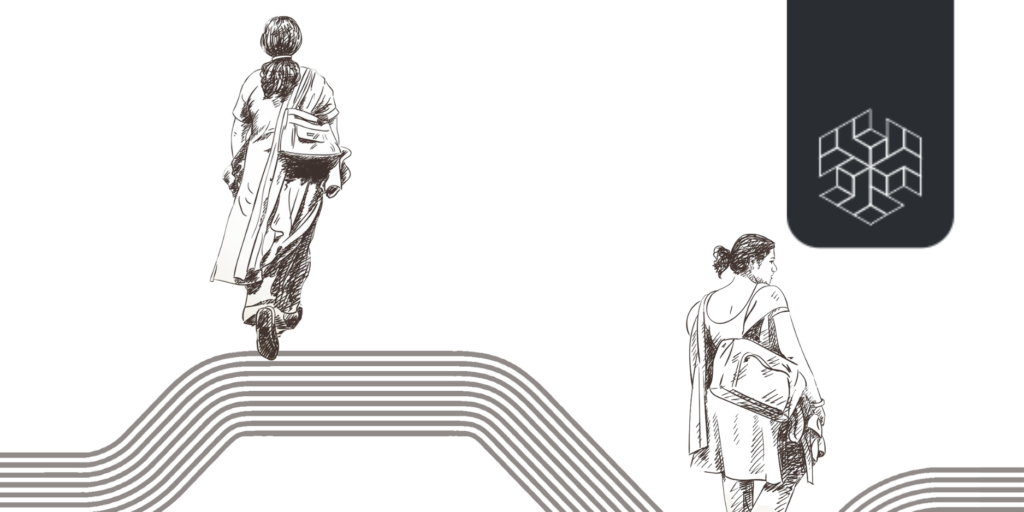AUTHORS
Fatima Juned
Fahad Nahvi
ABSTRACT
The Kaamdani (also known as Muqaish) craft was traditionally done by men, however, over the years the craft has been feminised, employing home-based women workers. The women artisans in Lucknow function from within their homes, juggling between their family and work life. Home-based women artisans face challenges, which are common to most feminised handicrafts in India. Due to the feminisation of the craft, women have to face the double-burden, and take up work available to them- which are characterised by poor working conditions, insecurity, low wages, and irregular work. This paper attempts to understand the challenges that home-based women artisans face, which have been impacted by the society’s presumption of the secondary role of women as breadwinners in the family, and the notion of female submissiveness.
INTRODUCTION
Kaamdani or Muqaish work is a crafting technique done with gold and silver wire. The flattened gold or silver wire, known as ‘badla taar,’ is pierced into the fabric or threaded through a needle to create designs. The needlework is around 450 years old. Kaamdani is credited to Empress Nur Jahan, who, influenced by Turkish stitching, brought it to Lucknow (CS et al., 2019). As the Nawabs of Awadh loved ornate and substantial needlework, kaamdani creations flourished in the 18th and 19th centuries (ibid.). The craftspeople received favour in the form of patronage and were led to create new designs. However, kaamdani declined during Aurangzeb’s reign (ibid.). The Nawabs of Awadh revived it, given their penchant for gold and ornate clothing. Initially, the needlework was designed for the city’s royalty and aristocracy (Gwynne, 1910). Earlier, threads of metals like gold and silver were used for craftwork. However, steel threads replaced them later due to rising raw material costs.
Kaamdani has not progressed technologically and is heavily reliant on low-tech manual labour. Men continue to work in karkhanas (workshops), performing all the steps of kaamdani manufacture, including embroidery. Women working from home are involved in only the embellishment. The work is time-consuming, with low wages and benefits. Hence, men move to higher-paying jobs, such as delivery hauls or battery-powered rickshaw drivers. Men moving out necessitates an additional income for these households, pushing women into the craft’s production. Some people’s only protection against complete destitution is the money they earn through kaamdani.



